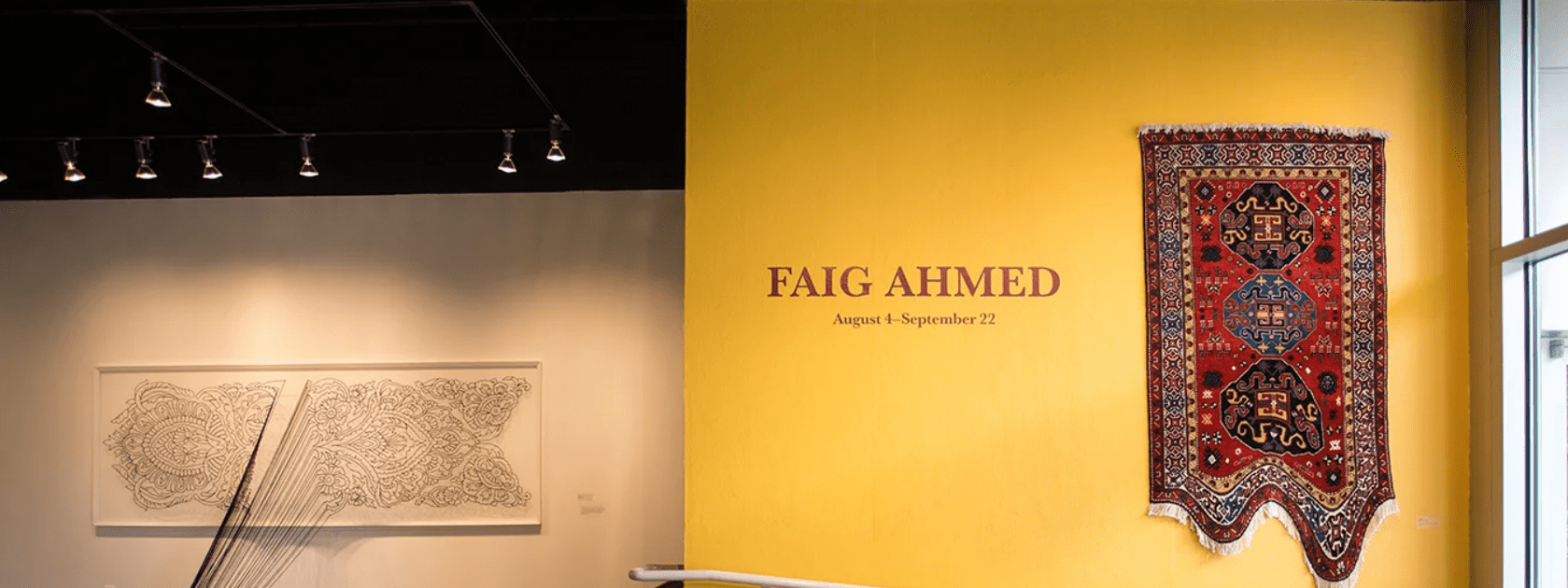
A reflection on Faig Ahmed’s prophetic carpets
As the philosopher Saint Augustine once said,
symbols are powerful because they are the visible signs of the invisible realities.
The world is made of symbols, which are an important part of any culture. The carpet is one such symbol. From mythologies to fairy tales, carpets have earned an essential spot in the world of symbols and history.
Carpets represent hours of work, extreme precision, and structural perfection. One mistake is equal to ruining the whole piece. It is one of the most systematic and uncompromising creative processes. The ornaments on carpets symbolize the cultures they represent. All the symbols carry meaning, associated not only with tradition, but sometimes also with the possible future transformation of culture.
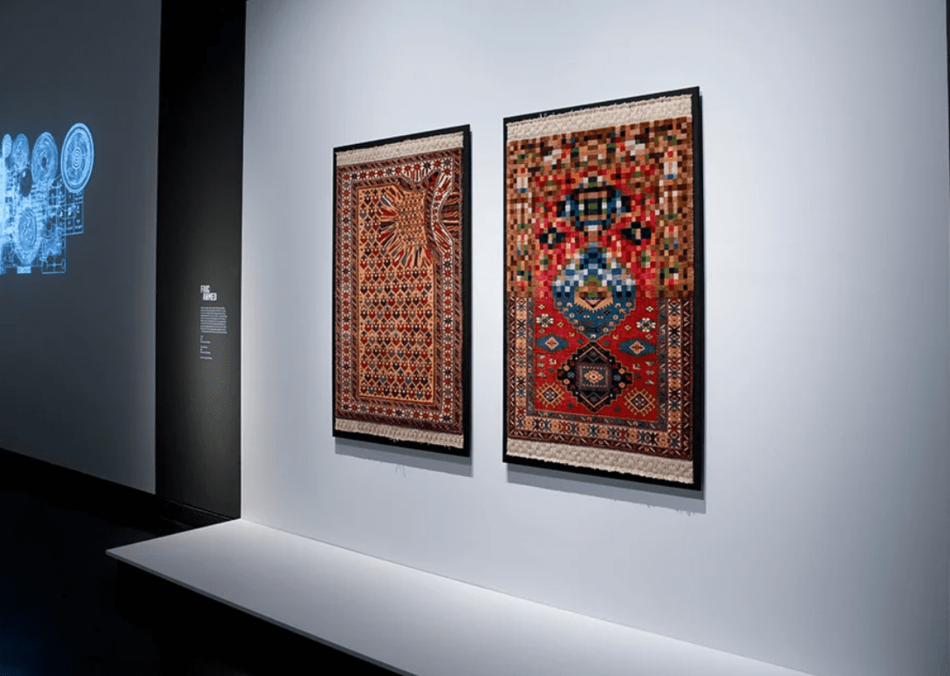
are woven only by women who pass on this tradition from mother to daughter. As part of visual culture, the carpet has changed under the influence of other cultures, religions, and even languages. It is a metaphor for immutability in changes in one object,
as Azerbaijani artist Faig Ahmed told Metal magazine.
Faig Ahmed's childhood passion: Creating revolutionary pieces
Faig Ahmed's fascination with carpets started in his early childhood.
As any other Azeri family, we had carpets everywhere – on the floor, on the walls, in each room,
Ahmed told TextileArtist.org.
I had a carpet in my room, too... One day when my parents left for the countryside, I decided to change the patterns and cut the carpet into pieces... I was waiting for my parents to come and punish me, but they didn't. They just took the carpets away from my room forever.
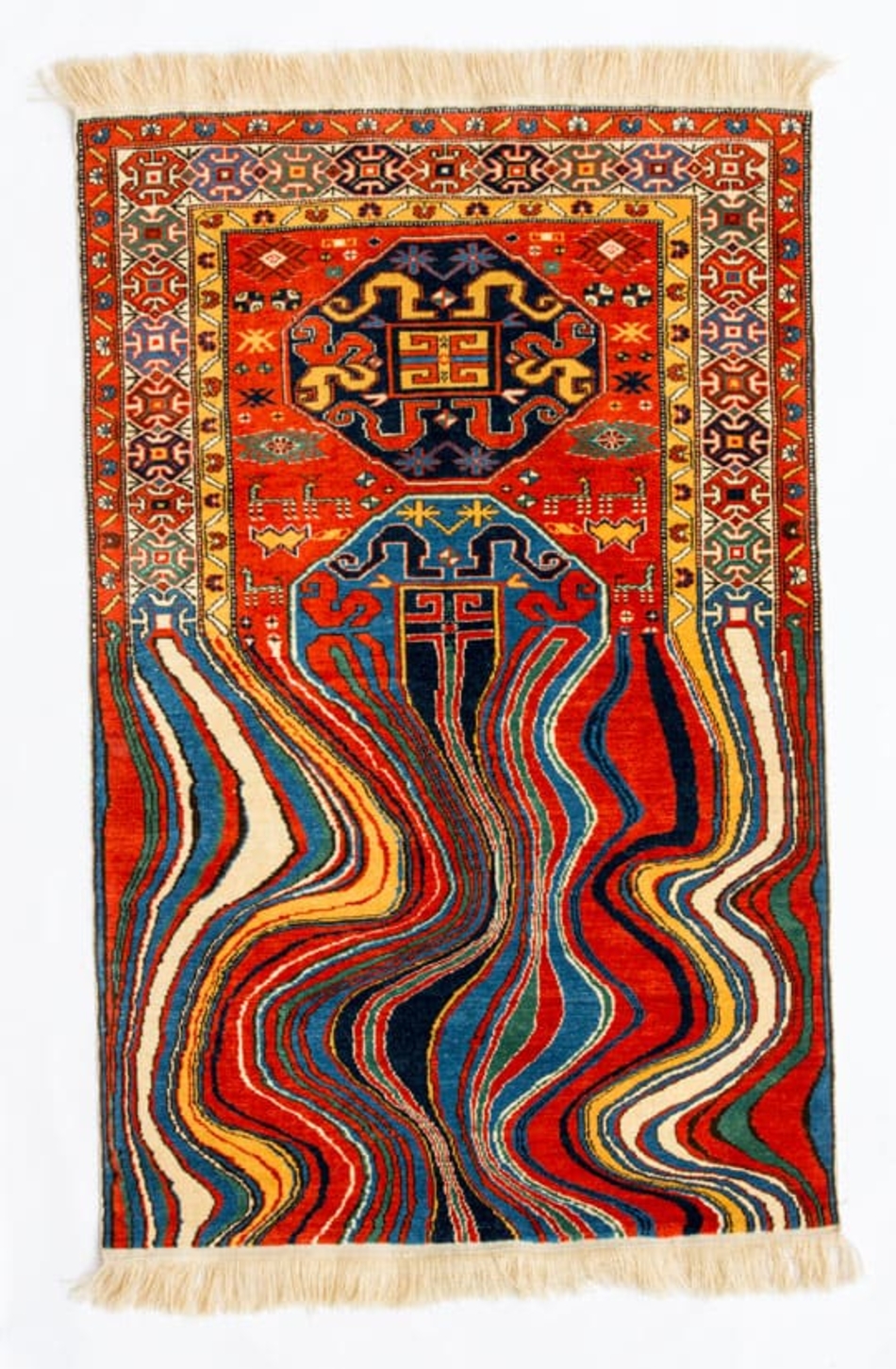
What is Faig Ahmed known for?
Years later, the little boy who lost his first carpet to curiosity ended up creating revolutionary pieces that don't just reflect culture but also transformed the idea of tradition.
From 2014 to 2016, Ahmed created three surrealist carpets, titled 'Expansion', 'Disintegration', and 'Hal'. Consciously or subconsciously, these pieces reflect and foretell the past and the future of the feminist rebellion in Iran. Women have experienced ongoing challenges for centuries, even today, despite revolutionary feminist movements. Recently, a major women's rights movement started in Iran in September this year in reaction to the murder of 22-year-old Mahsa Amini, who was killed by the morality police for wearing hijab improperly.
Iran is a traditional country with a great emphasis on religion and religious rules that are especially strict towards women and often limit their self-expression. Since the Islamic Revolution in 1979, women's rights in Iran have been severely limited.
The story of the revolution can be divided into three parts: Expansion, Disintegration, and Liberation. These stages reflect the names of Ahmed's carpets, which preserve and share the stories of brave people fighting to transform reality.
Expansion
In 1979, the Islamic revolution in Iran completely changed the country's structure, which affected the lifestyle of Iranian citizens, especially women. The internet features pictures of people before the revolution, highlighting the loss of freedom and the influence of the reinforcement of conservative values. However, there were different restrictions for women even before the revolution. Before the Islamic revolution, the state forced women to remove and never wear veils. The prohibition of making personal decisions forced many women to march alongside others to overthrow the monarchy and find hope in the Islamic republic. However, it didn't bring the expected changes, and women again confronted even stricter limitations. By stealing the right of free expression, free will, and personal liberty from women, the new state completely transformed the social expectations of a woman. Until today, for the following four decades, women lived in a world ruled by men, under the strict guidelines of who they should be and how to live their lives.
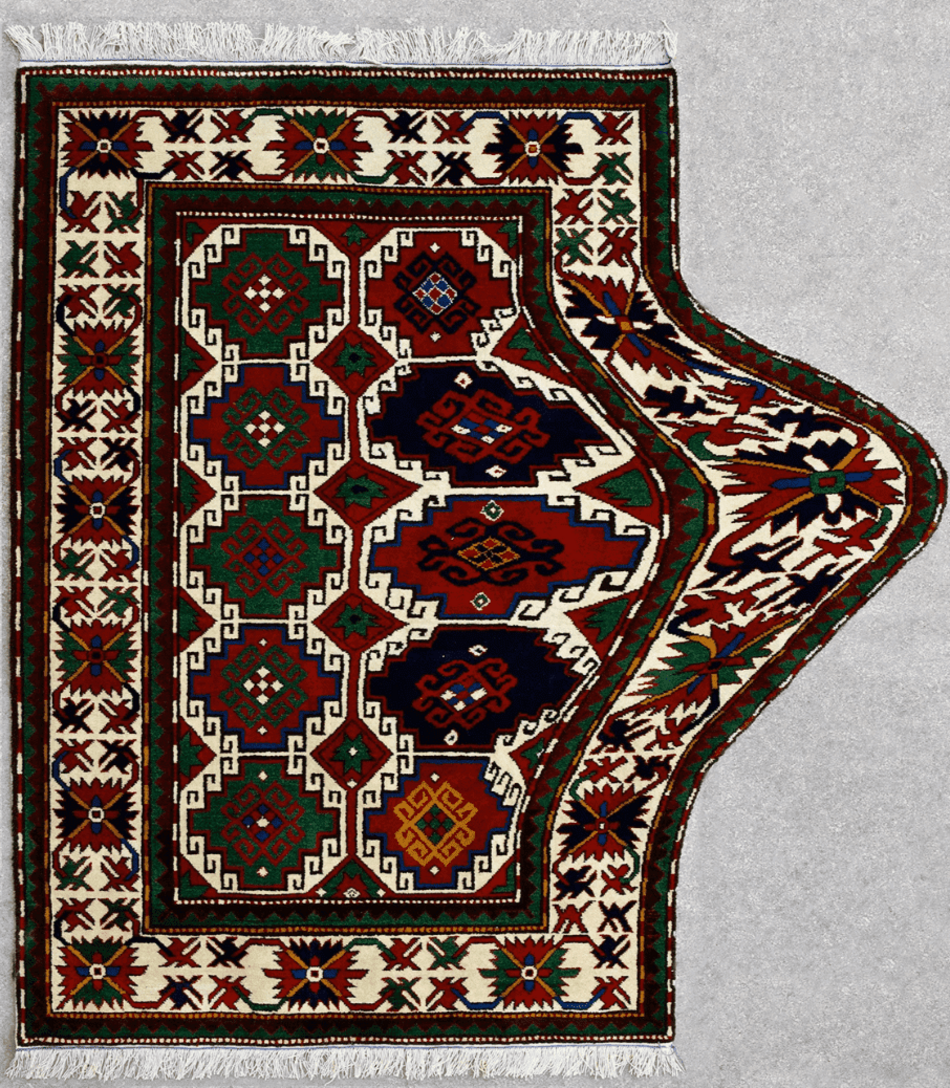
The first stage of any revolution is always expansion. Faig Ahmed's 2014 work under the same name, 'Expansion', reflects this. Looking at this carpet, we see that the patterns are not breaking from their original shape. Instead, they stretch into reality, out of the frame, waiting patiently to redefine the rules.
Women have been "stretching" their patience for more than forty years. Women of all ages wore veils and followed the rules created by men to control and gain power over their freedom. However, the fire to break free created the expansive chaos that turned into an inevitable stage of Disintegration.
Disintegration
Disintegration is a stage of transformation, a time when chaos propagates into the active phase. After the start of the disintegrative level, there is no hope for mitigating uncontrollable force that moves forward with full strength until it reaches its aim.
With his 2016 work, 'Disintegration', Faig Ahmed depicts an image that is a logical continuation of the expansion. In the piece, the patterns are not stretching out of the frame, but the different layers and colours appear on the surface, giving it a three-dimensional perspective. The colourful coatings separate parts of the carpet. These changes break down the traditional essence of perfect order and depict the process of disintegrating rule.
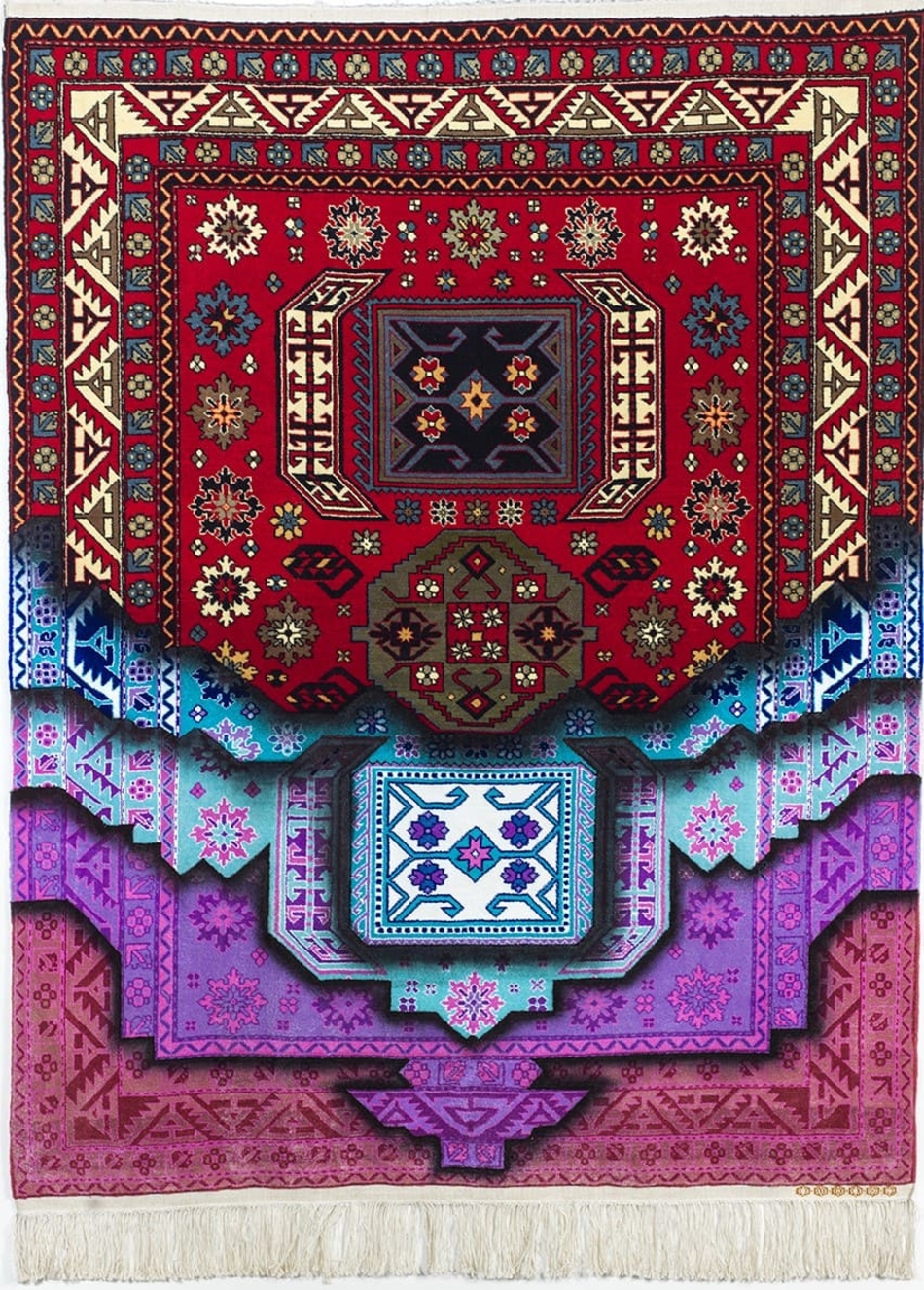
The piece perfectly reflects Iran's current state. After the murder of Mahsa Amini, women started a massive march against their government, rules, and the power that not just controls but also kills everyone without remorse. After years of expansive protest, the murder of a young woman showed that there was no future until the whole society confronted and rebelled against the crimes that had been faked in the cloak of morality, religion, and tradition. Their protest disintegrated the old rules that seemed to be forever fixed. Women faced death by publicly removing veils and cutting their hair, later used as a symbol and a flag of the freedom movement. Many women died during protests, including the 16-year-old girl, Nika Shahkarami. They died in brutal hands for fighting for progress and freedom of choice. Their bravery and sacrifice made the last stage of rebellion, liberation, possible.
Liberation
The ongoing protests have continued since September 17. After Expansion and Disintegration, what is the final stage of the movement? Liberation is the ultimate goal that can be achieved through the transformation of the state. The process requires a redefinition of morals, reinforced by culture and traditions.
Since then, the protests have been in the second stage of Disintegration, and we can only try to imagine the development of the story. For this, one can find an answer in the third piece of Faig Ahmed called 'Hal'.
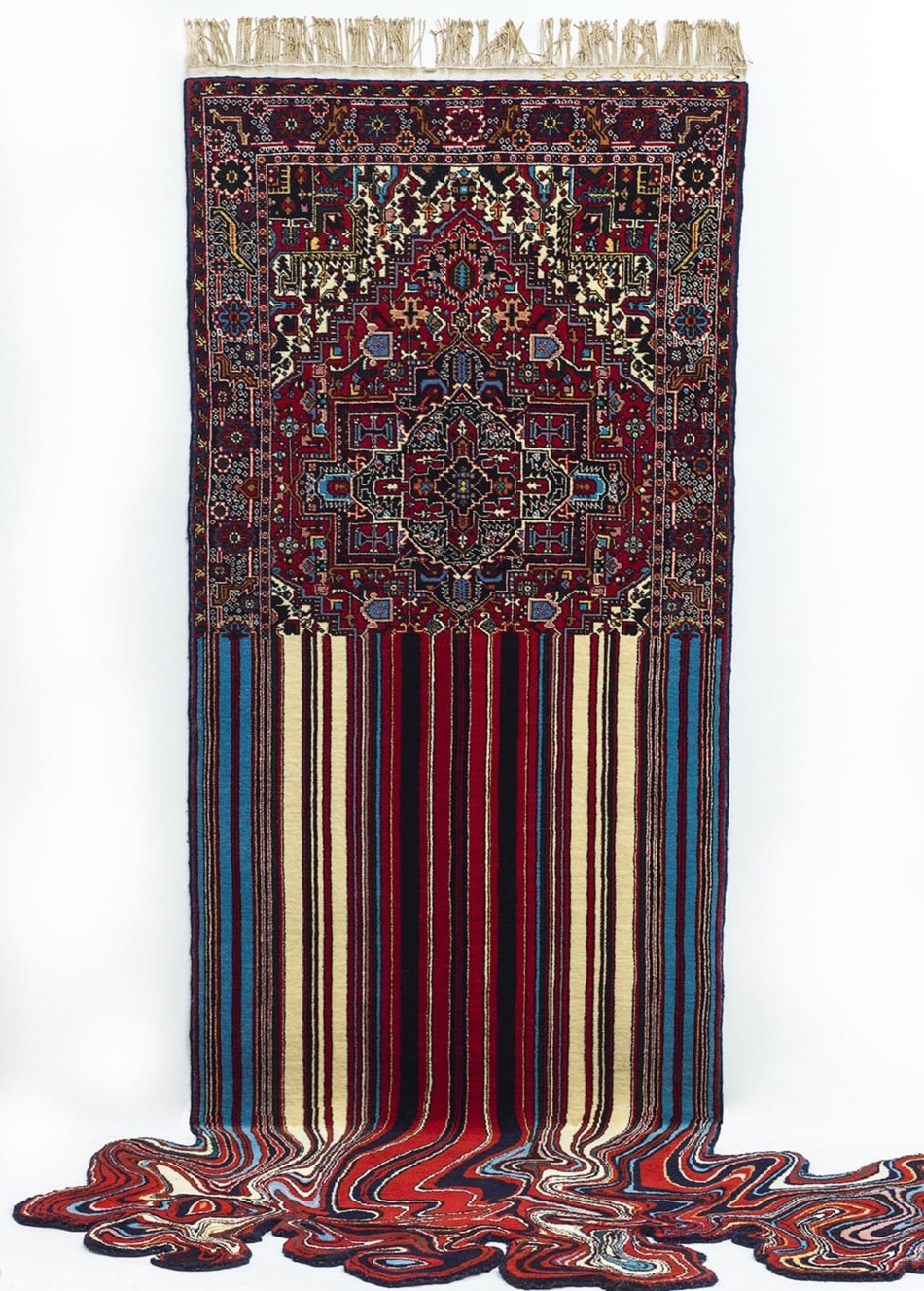
The reflection of the last stage of a revolution, Hal is an interesting word, meaning "solution" in Arabic" and "hallway" in Dutch, that symbolically explains the core idea of the final step: the ultimate transformation. The carpet starts as a traditional piece but continues in a liquified state of symbols. The ornaments don't break or disintegrate. They no longer expand from the frame but steadily melt in themselves. So they transform from fixation to fluidity and redefine the idea of tradition and culture.
In his 2015 TEDx talk, Faig Ahmed stated:
We have to feel that we are always changing. We have to know that we can change.
Ahmed's carpets predict future progress, inspiring people to confront a reality where an absence of symbols doesn't mean de-culturization, but rather cultural transformation.
It takes courage for a child to cut up an important piece in his home and try to find possible ways of transforming an old carpet with ancient history. His work carries the same essence of a person trying to decode and rename traditions, find a solution for current troubles, and bring us into a world of possibilities.
With their promise of transformation, Ahmed’s carpets predict the inevitable future of progress, which is only possible through change. Within the current transformative context, his carpets reflect stories woven by generations of women and promise that courageous acts lead to freedom.
Photo credits: Faig Ahmed - Official
Credits for the Main photo: Pennsylvania College of Art & Design, Lancaster, USA, 2017
